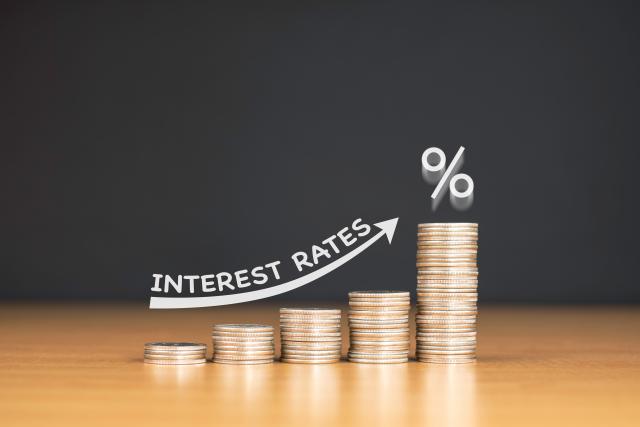At its February meeting, the Reserve Bank inflicted more rate pain on Australian mortagage holders when it raised the official interest rate by another .25 per cent.
The ANZ now expects the cash rate to peak at 4.10 per cent by May, up from its previously forecast peak of 3.85 per cent.
The bank predicts three more standard rate hikes in March, April and May of this year, followed by at least one cut to the cash rate, but not until November 2024.
Borrowers whose budgets are unlikely to hold up against this rate hike – or the forecasted future hikes – should take action now according to the experts at RateCity.
1. Refinance the mortgage – potential annual savings: $13,319
The average owner-occupier who has not renegotiated their loan since the rate hikes began is on an estimated rate of 6.11 per cent.
However, RateCity.com.au expects at least 10 lenders will still offer rates under 4.75 per cent once this latest hike filters through. That’s a 1.36 percentage point difference, equivalent to over 5 standard RBA hikes.
If a borrower with $500,000 owing at the start of the hikes refinanced to a rate of 4.75 per cent, they could save $13,319 over the next two years and significantly more over the longer term.
2. Focus on your food bill – potential annual savings: $5,720
For most families, food is the second biggest expense behind the mortgage repayments or rent, which makes honing down on your food bill a strategy worth trying.
Households can do this in a range of different ways from buying in bulk, to shopping at two or more supermarkets to capitalise on specials, or simply switching to cheaper brands within your regular store.
RateCity.com.au put this to the test on a typical supermarket shop for a family of four of around $240, excluding fruit and vegetables. Swapping 23 items for cheaper, but still comparable alternatives saved around $110 on the weekly grocery shop.
3. Drive down transport costs – potential annual savings: $908
Transport costs are the third biggest expense for many households, after the mortgage or rent and food.
For a quick cash injection, selling a second car could potentially see you pocket tens thousands of dollars. However, if this isn’t an option, think about shopping smarter when it comes to loading up the tank.
On average, Australians spend $96.93 filling up the car each week, according to the Australian Automobile Association. However, being mindful of where you fill up can potentially save you hundreds over the course of a year.
RateCity tested this out by comparing the unleaded price per litre across hundreds of petrol stations in each capital city. The price ranged by $0.16 from the average cost to the lowest cost outlet, and up to $0.33 per litre.
For the average driver filling up their tank once per week, saving $0.16 per litre would save $454 per year at the pump, while a $0.33 per litre discount would equate to a $908 saving per year.
3. Increase your income – potential annual post-tax increase: $3,843
Asking your boss for a pay rise will see your income go up without having to work longer hours.
If you haven’t had a salary increase recently, now is the time to ask. According to the RBA, wages growth is forecast to rise to 4.25 per cent late this year.
For a family of four, where one parent earns the average full-time wage and one parent works part time at half the rate, a wage increase of 4.25 per cent could translate into approximately $3,843 in post-tax dollars.
While this kind of increase isn’t within cooee of inflation, it will help partially offset the cost of rising rates.
4. Other options your bank may offer
If you’re struggling to meet your mortgage repayments, it’s important to talk to your bank before you default. They will help you look over your budget, but may also offer you options such as switching to interest-only or part-payments, or, extending out your loan term.
While these choices can offer instant relief in the form of lower repayments, borrowers should be aware of the longer-term sting in the tail that can come with these alternatives.
5. Extending out your loan term
If someone with a $500,000 debt and 25 years remaining on their loan term at the start of the hikes extended their loan term back out to 30 years today, their repayments would reduce by an estimated $265 a month.
However, paying the loan off over a longer period of time could add an estimated $126,562 dollars in extra interest over the life of the loan.
6. Switching to interest-only repayments for 2 years
Switching to interest-only payments instead of paying down your debt can drop your repayments dramatically, despite the fact the bank is likely to charge you a higher rate of interest for doing so.
If someone with a $500,000 loan at the start of the hikes, switches their loan from principal and interest to interest-only repayments for the next two years, on a rate that is 0.56 percentage points higher than their current rate, they could shave $514 off their monthly repayments.
However, it could see their total cost over the life of the loan jump by $22,279.







